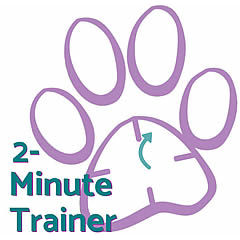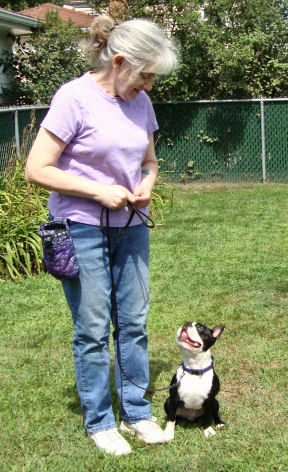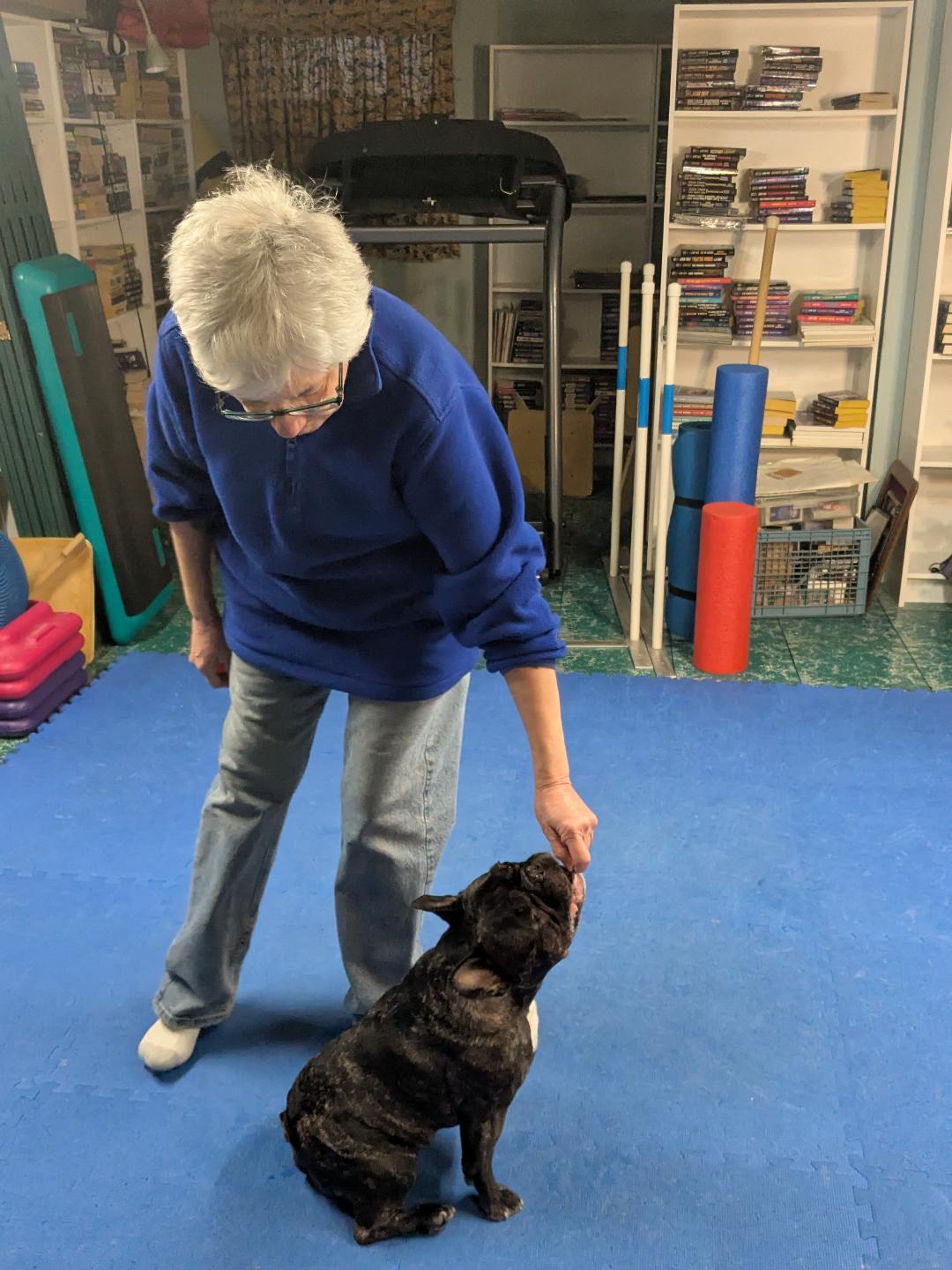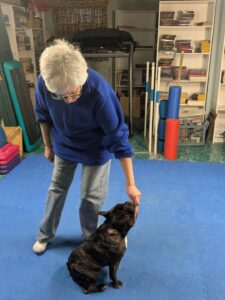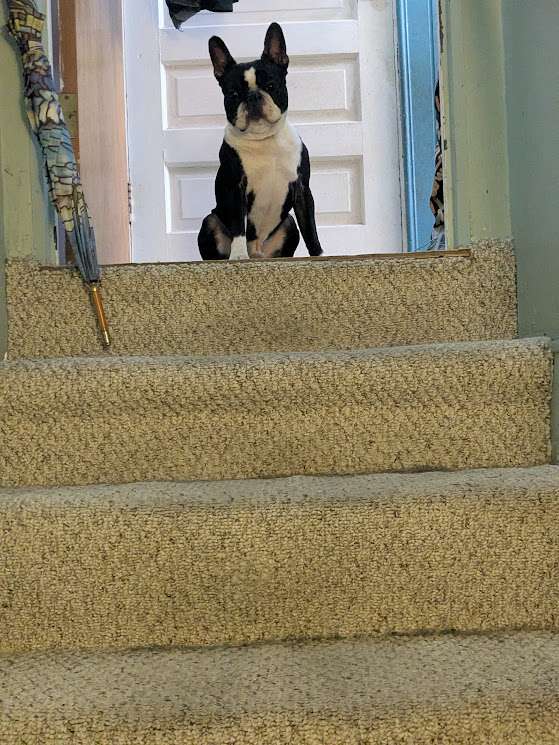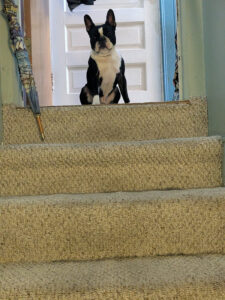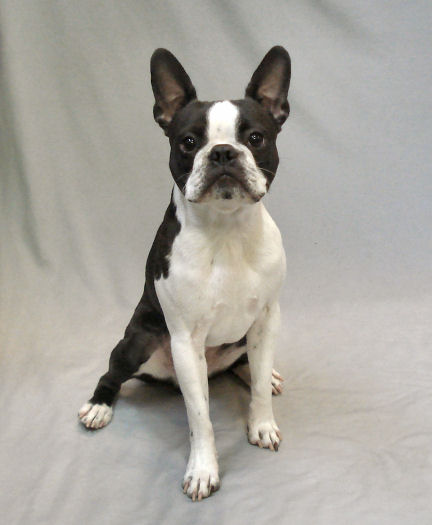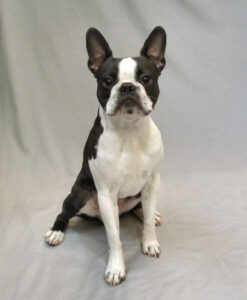You may be the one who pays the rent, buys the food, and sets the thermostat. You may even consider yourself the superior partner in your relationship with your dog. But that doesn’t mean you get their unwavering attention 24/7. Depending on the individual dog, it may come close. But you still have to check in with your partner.
All dog training is a partnership and a bargain you make with your dog. They get what they want when you get what you want. It’s a pretty good deal, if you look at it that way. But you still can’t take it for granted.
Graphic example
Before every exercise in competition Obedience, the judge asks “Are you ready?” We simulate this in our classes, asking every student before every exercise. Newcomers in the class will, just like in competition, meet our eyes, smile, and say “Ready!”
No, they’re not. It’s usually one of the first opportunities we have to yell at our students. It may be polite to look someone in the eye when you’re talking to them. If you’re at the start line, ready to compete with your dog, forget polite. Before you answer, check with your dog. If the dog meets your eyes and is paying attention, you can answer ready. If they’re not, you get to say, “Not yet!” and engage your dog before you answer “Ready!”
Even with beginners
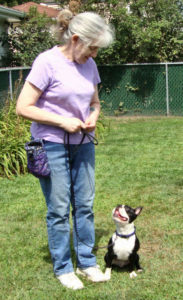
We also teach Puppy and Beginner classes. The biggest issue, especially in the first class session, is getting the dogs to focus on their people. Expecting them to ignore the new place, new people, and other dogs is asking a lot.
That’s why we start with the super-fun game Puppy Push-ups. Most dogs know at least one of the three positions (Sit, Stand, Down). So we start with a fast, fun game that has the dog paying attention and lots of rewards. The faster they switch position, the more treats come their way. It also helps that most people automatically stand in front of their dogs and block their view of distractions.
Keep their focus
The best definition of a “well socialized dog” is one who can be comfortable enough in any situation to pay attention to their person. Dogs are allowed to check out their surroundings. They can look around, even sniff intriguing scents. They also check in with their person regularly.
You should return the courtesy. Before you start something new, let your dog know what’s happening. If you’ve played the Name Game, all it should take to get their attention is saying their name. Once you have their focus, begin.
When you practice loose-leash walking, don’t just start moving. If your dog isn’t paying attention, the leash is immediately tight. Set yourself and your dog up for success. Get their attention. Say “Let’s go” or something to let them know something’s going on.
Surprises are bad
Once in motion, get in the habit of checking in with your dog when you’re about to stop or change directions. Can you imagine what it feels like to be walking with a friend and they constantly tug on your sleeve, or your shirt collar, to guide you? It’d be uncomfortable and intrusive. Why couldn’t they just say “this way!”
Don’t let the leash be your means of communication with your dog. Tell them. Use your voice and meet their eyes. Your dog wants to be with you. Check in with your partner and tell them where you’re going.
